Three units manage the same section of river.
That was the opinion of Mr. Tran Van Minh, Director of Inland Waterways Port Authority Region 4, during a working session with the National Assembly Standing Committee's Supervisory Delegation on the implementation of policies and laws on ensuring traffic order and safety from 2009 to the end of 2023 in Can Tho city on April 12.
According to Mr. Minh, the Inland Waterway Port Authority of Region 4 is the State management agency specializing in inland waterway ports. However, he said that up to now, investment in this industry seems to have been neglected, focusing only on exploitation based on available natural conditions.
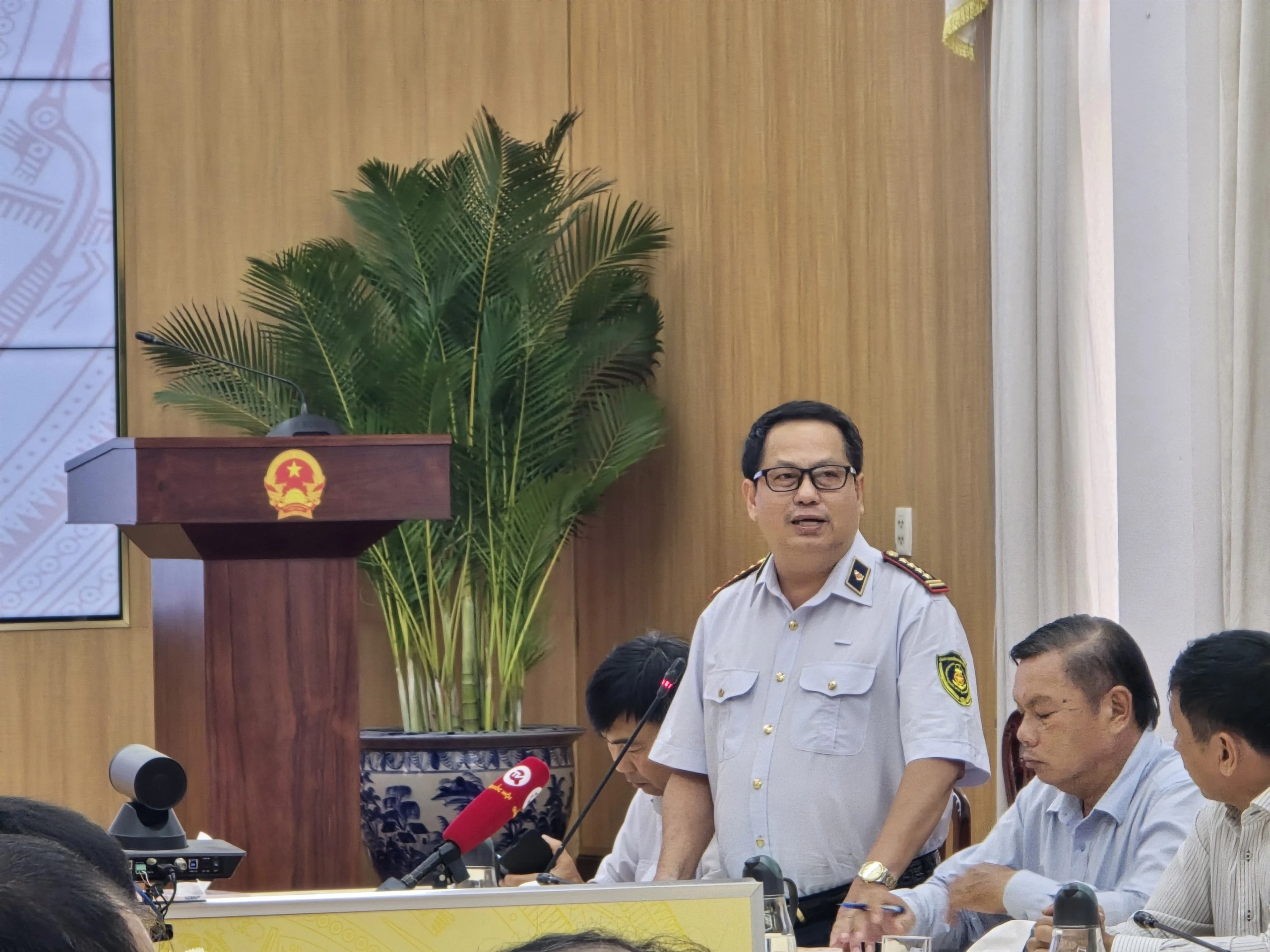
Mr. Tran Van Minh, Director of Inland Waterways Port Authority Region 4, said there are many shortcomings in waterway management.
Meanwhile, management is overlapping and inconsistent among related sectors. Specifically, Mr. Minh said, the Hau River route through Can Tho and then flowing into the seaports in Tra Vinh and Soc Trang was previously an inland waterway. While according to current regulations, it is a maritime route, there are not many ships entering and exiting.
"Just one section of the Hau River has many management forces, making it very difficult for the people. Sometimes they contact the Maritime Port Authority, sometimes the Inland Waterway Port Authority under the local Department of Transport, sometimes they contact the Inland Waterway Port Authority of Region 4. Meanwhile, most of these problems are related to inland waterways. There is a section of only 5 km of river that is managed by two units," Mr. Minh commented.
Mr. Minh said that any unit can manage, but it must create favorable conditions for local development and reduce people's suffering, only then is it worthy of being a State management task.
Another problem reported by Mr. Minh is that on the river section from Cai Lon estuary upstream to the Hau River in Vinh Xuong (An Giang), Thuong Phuoc (Dong Thap), inland waterways are managed.
"However, vehicles entering one section follow the maritime signals, and another section follow the inland waterway signals, which is very inconvenient," said Mr. Minh.
In addition, according to Mr. Minh, Decree 06 on amending and supplementing a number of articles of Decree 08/2021/ND-CP regulating the management of inland waterway activities also has many limitations.
"Previously, licensing and management were all granted and managed by the Inland Waterways Port Authority of Region 4. This had many shortcomings. According to the new decree, it is reasonable to assign licensing to the district and county level.
But at this level, there is no successor team, and the district does not have specialized staff in waterway transportation, so licenses are not issued. This situation leads to the fact that the licensed docks become unlicensed when they expire," said Mr. Minh.
According to Mr. Minh, the management of vehicles at sand mines is also being neglected. Because these mines are licensed by local authorities, many inland waterway vehicles enter and exit the sand mines, but no one manages them when they leave the mines...
The monitoring team will have a report.
Mr. Huynh Hong Luc, Deputy Director of Can Tho Maritime Port Authority, said that Dinh An maritime channel has been used by ships since ancient times to go to Cambodia. This maritime channel is currently equipped with maritime signals from Dinh An estuary to Rach Goi Lon estuary in An Giang according to international conventions.
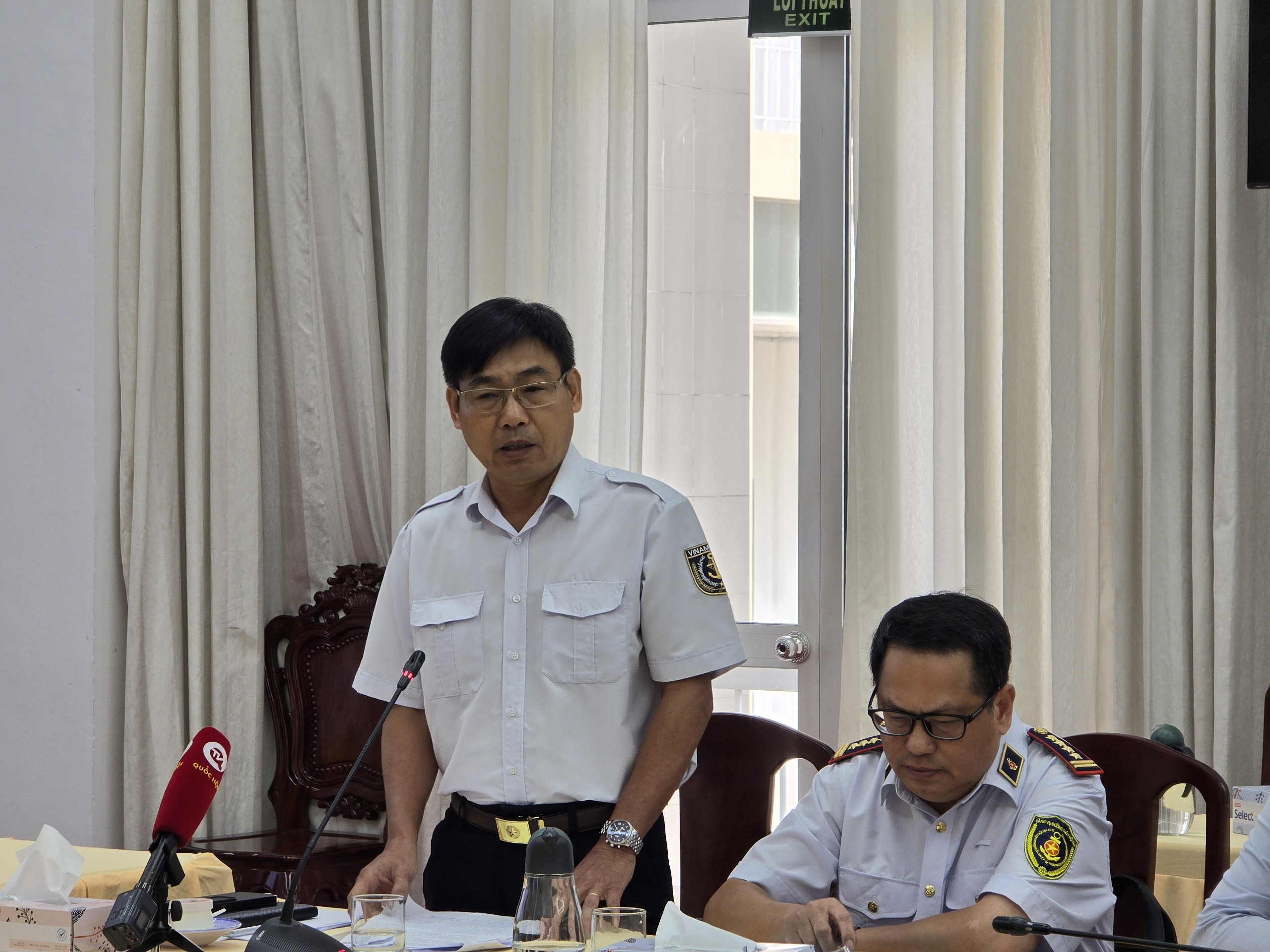
Sharing the same view, Mr. Huynh Hong Luc, Deputy Director of Can Tho Maritime Port Authority, acknowledged that the management of inland waterways and maritime still has many overlaps.
"We are members of the International Maritime Organization, so we must also comply with the committed conventions," said Mr. Luc. And he acknowledged that there are shortcomings in the management between inland waterways and maritime transport.
According to Mr. Luc, all inland ports in the seaport waters have been transferred to the locality according to the new regulations. However, there are still some shortcomings in the seaport waters managed by the Can Tho Maritime Port Authority.
"For example, there is a situation where the location of the inland waterway port has not been clearly assigned to the Inland Waterway Port Authority under the Department of Transport or the Inland Waterway Port Authority of Region 4 for management. Meanwhile, the Can Tho Maritime Port Authority only manages the seaport," said Mr. Luc.
Besides, Mr. Luc also said that there are still shortcomings related to the activities of ships.
Specifically, if ships enter the seaport to load and unload goods, the Can Tho Maritime Port Authority will issue a management and inspection license.
But if the seaport and inland waterway terminal are close to each other and the vehicle entering the inland waterway terminal is licensed by the Inland Waterways Port Authority, when moving through to load and unload goods onto ships at the seaport, procedures must be completed at the seaport.
"This is an overlapping problem, creating many costs for businesses. I hope the monitoring team will take note and give opinions on amending the law and adding it to current regulations," said Mr. Luc.
Lieutenant General Nguyen Hai Hung, Deputy Chairman of the National Assembly's Defense and Security Committee and Head of the monitoring delegation, said that the delegation really needs clear opinions that go straight to the point, focusing on existing shortcomings as presented by Mr. Minh and Mr. Luc.
The Lieutenant General also requested the Can Tho city government to pay attention to directing the removal of obstacles and shortcomings within its authority.
Regarding issues during the working session, the monitoring team will report and provide specific opinions to higher levels.
Source


![[Photo] National Assembly Chairman Tran Thanh Man attends the summary of the organization of the Conference of the Executive Committee of the Francophone Parliamentary Union](https://vstatic.vietnam.vn/vietnam/resource/IMAGE/2025/4/15/fe022fef73d0431ab6cfc1570af598ac)
![[Photo] Air Force actively practices for the April 30th celebration](https://vstatic.vietnam.vn/vietnam/resource/IMAGE/2025/4/15/16fdec3e42734691954b853c00a7ce01)
![[Photo] General Secretary To Lam meets with veteran revolutionary cadres, meritorious people, and exemplary policy families](https://vstatic.vietnam.vn/vietnam/resource/IMAGE/2025/4/15/7363ba75eb3c4a9e8241b65163176f63)
![[Photo] Ho Chi Minh City after 50 years of national reunification through buildings and symbols](https://vstatic.vietnam.vn/vietnam/resource/IMAGE/2025/4/15/a224d0b8e489457f889bdb1eee7fa7b4)
![[Photo] Welcoming ceremony for Prime Minister of the Federal Democratic Republic of Ethiopia Abiy Ahmed Ali and his wife](https://vstatic.vietnam.vn/vietnam/resource/IMAGE/2025/4/15/77c08dcbe52c42e2ac01c322fe86e78b)

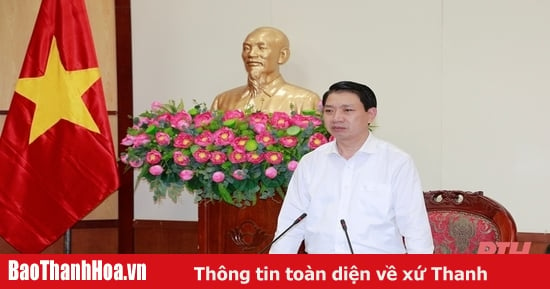

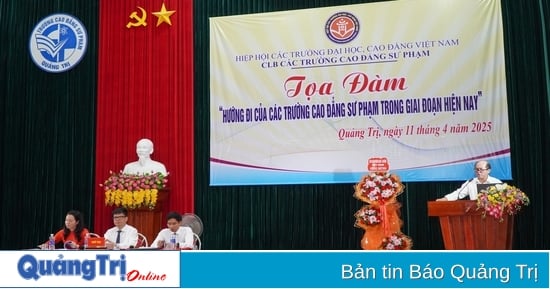



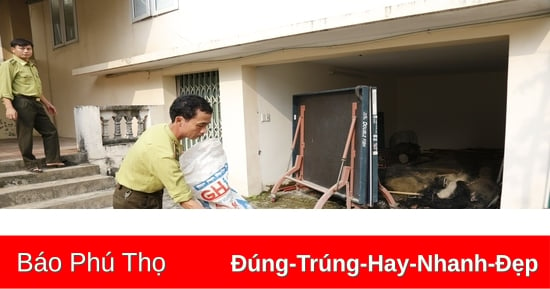

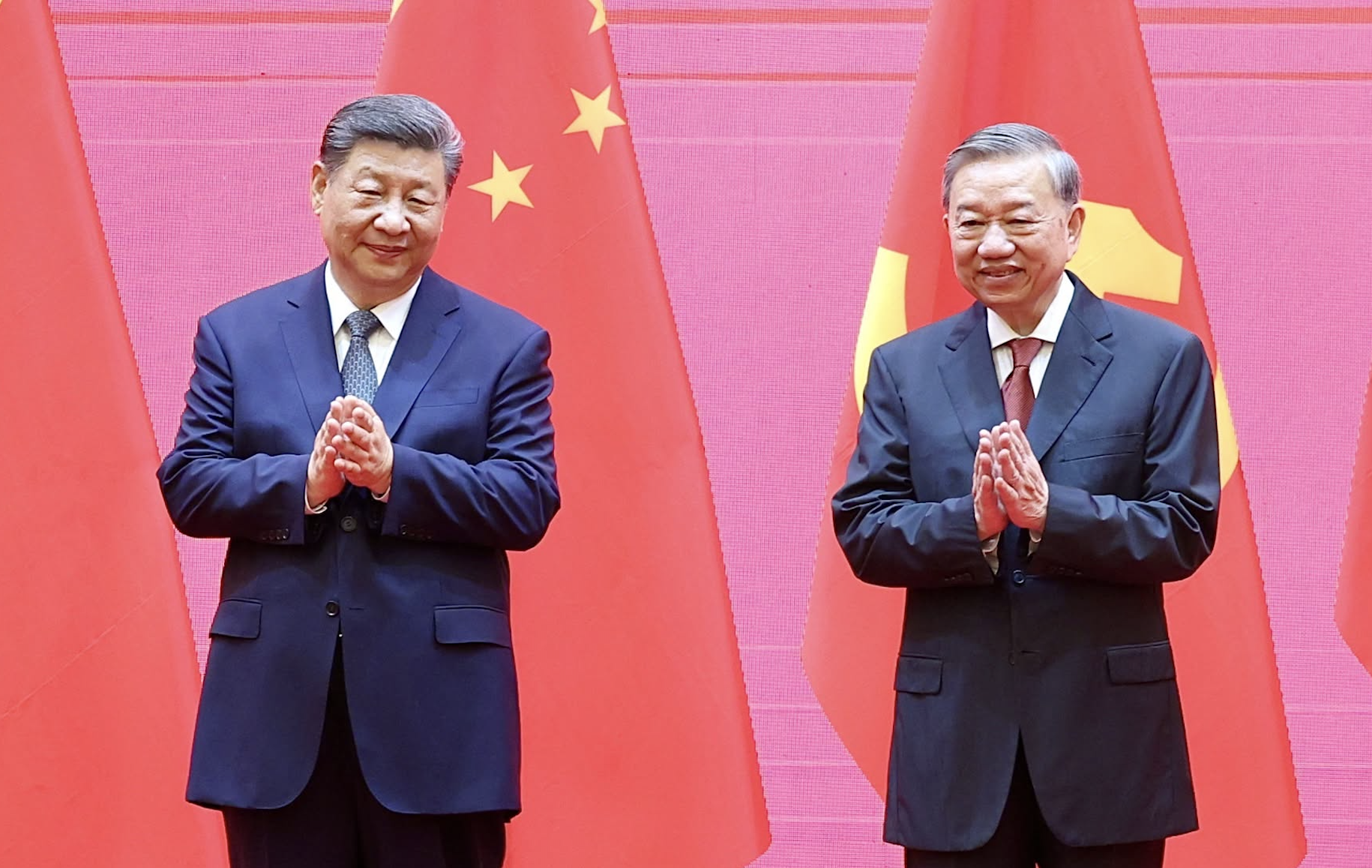

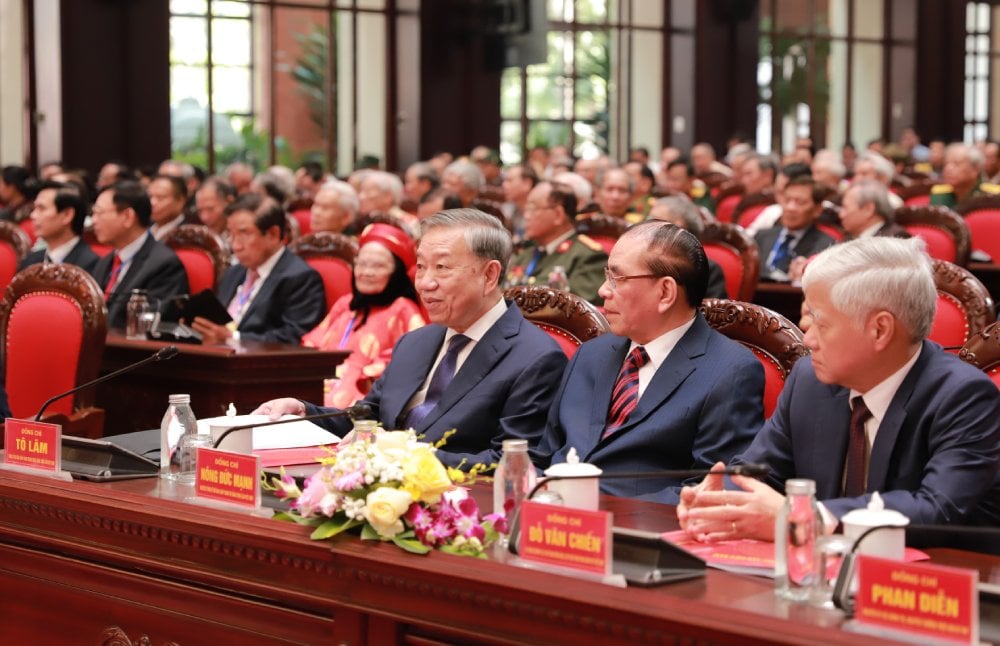
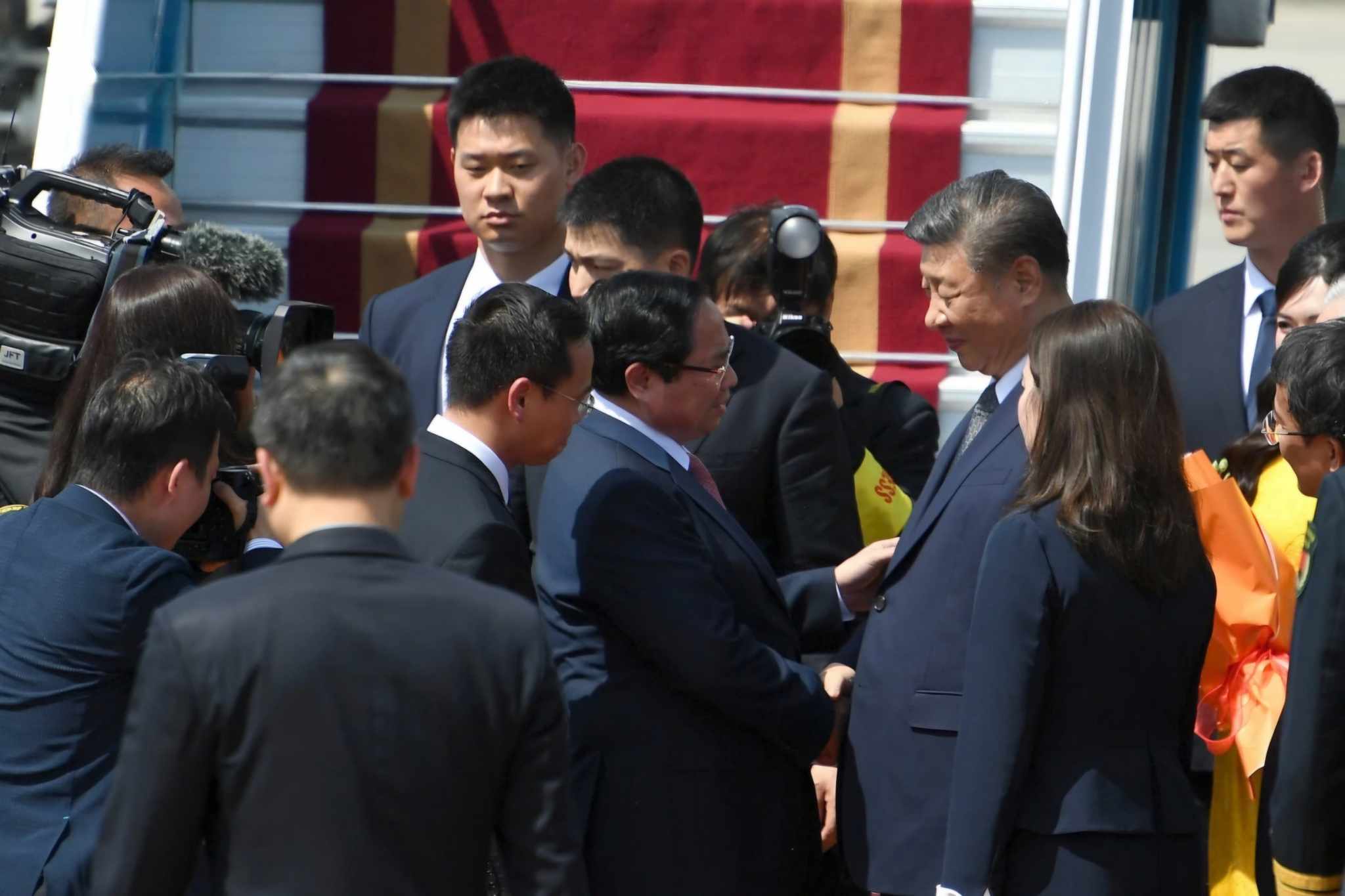
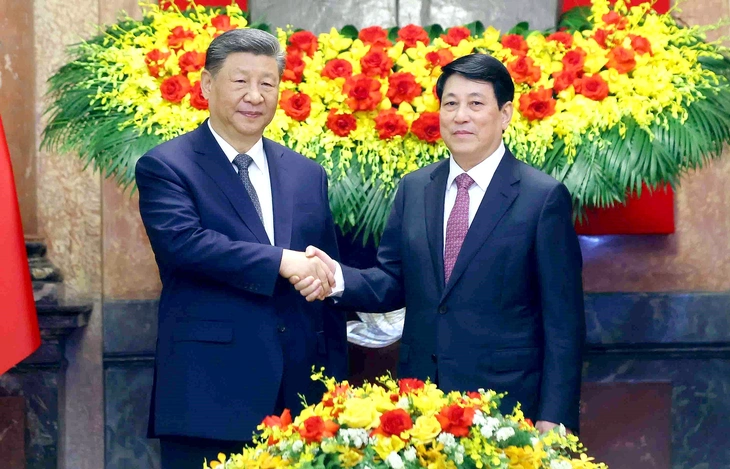





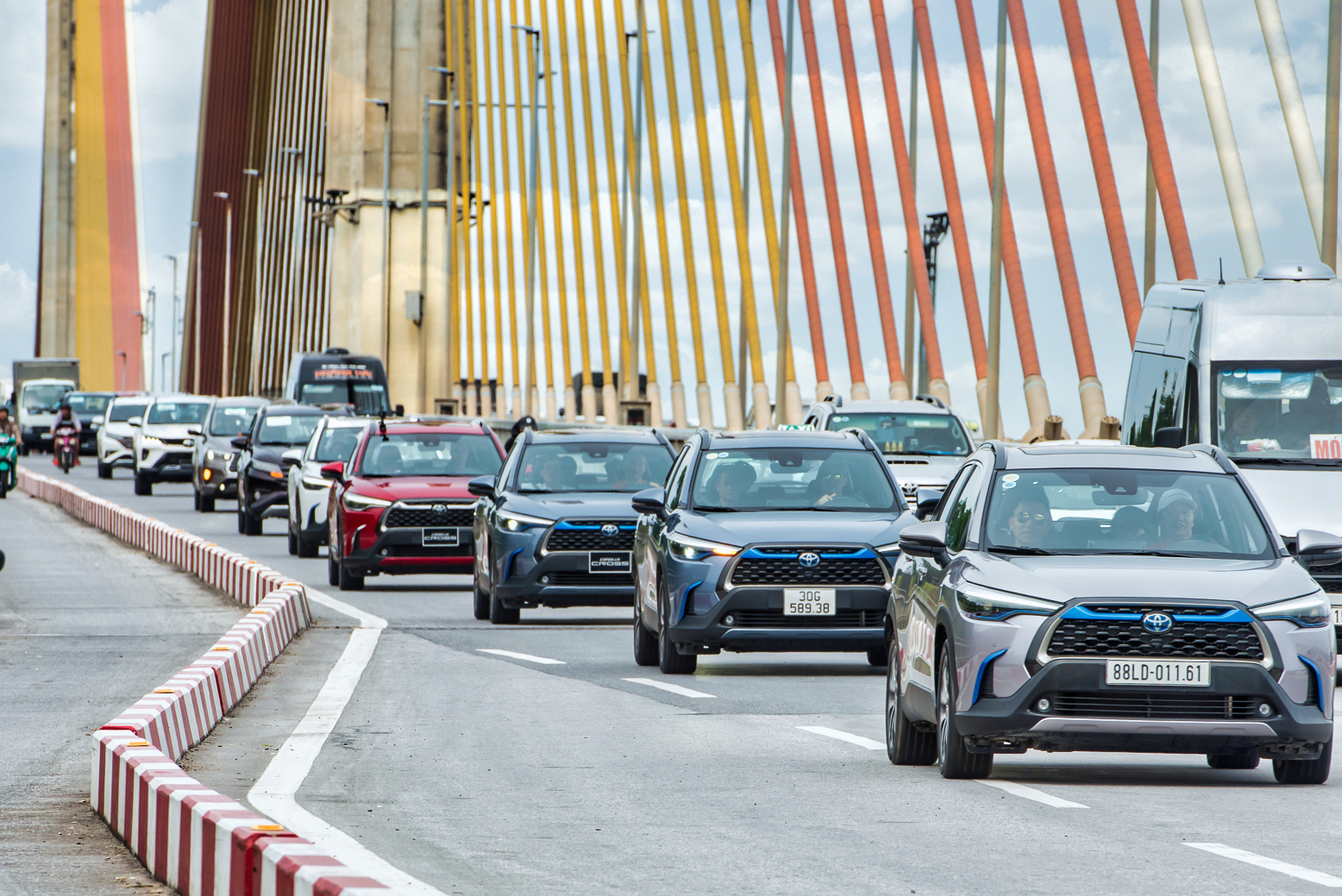





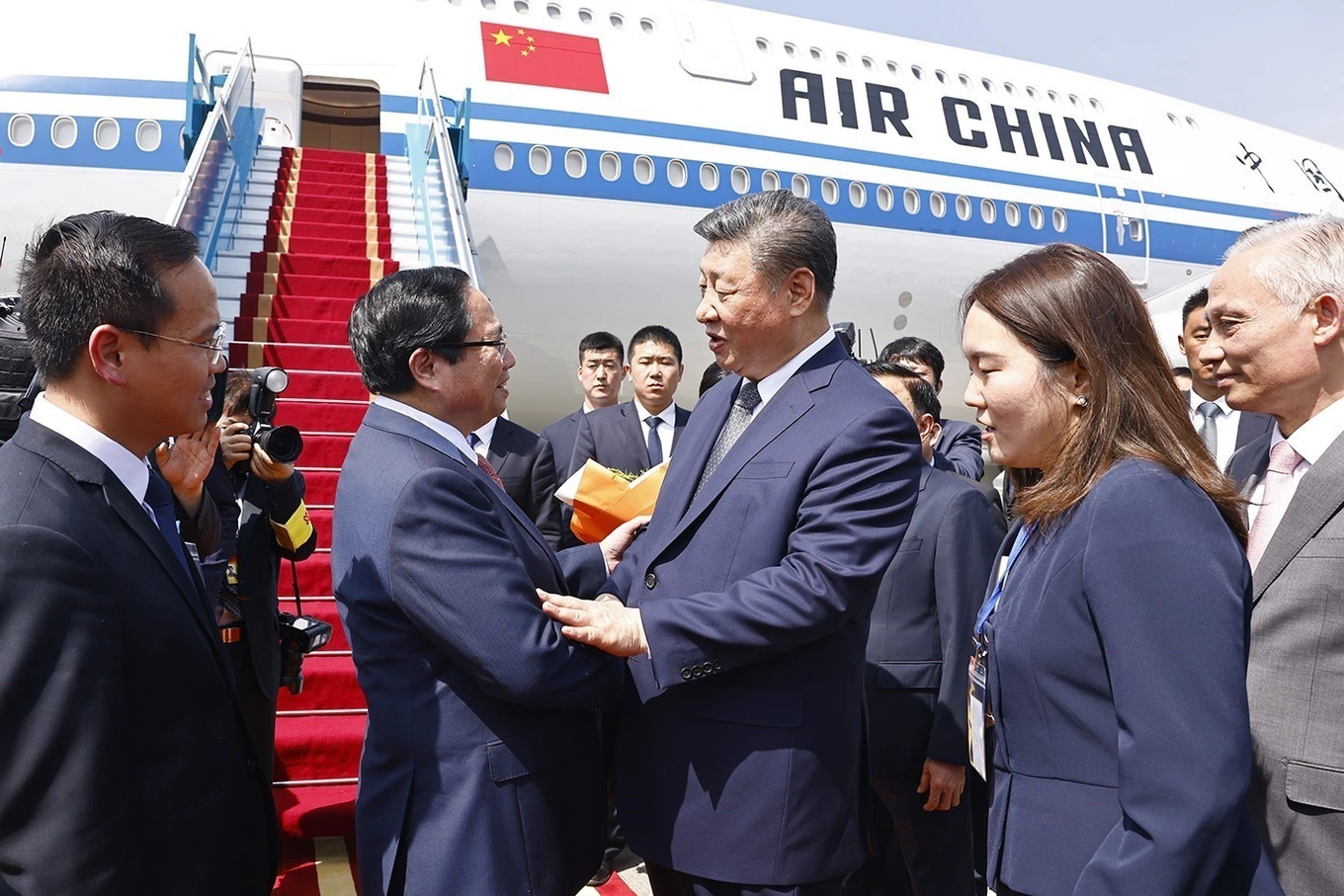





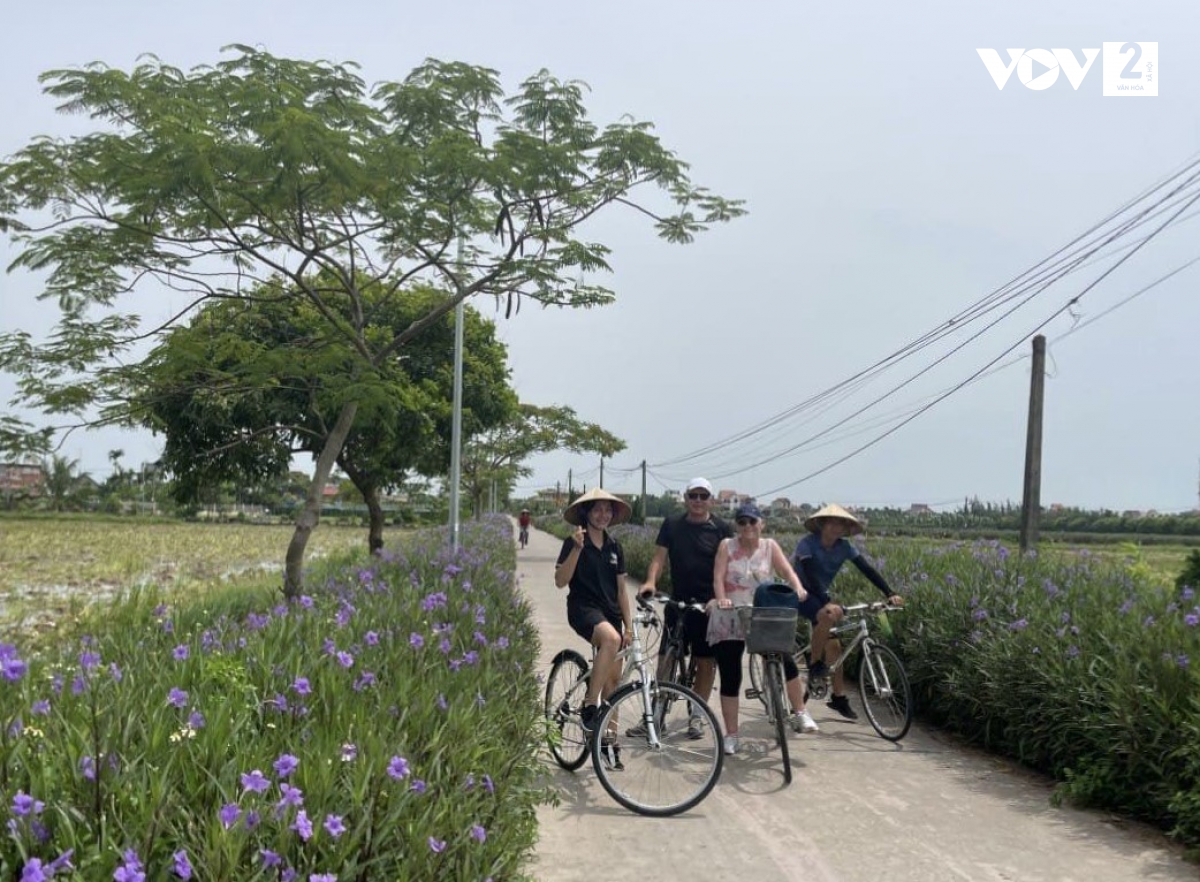

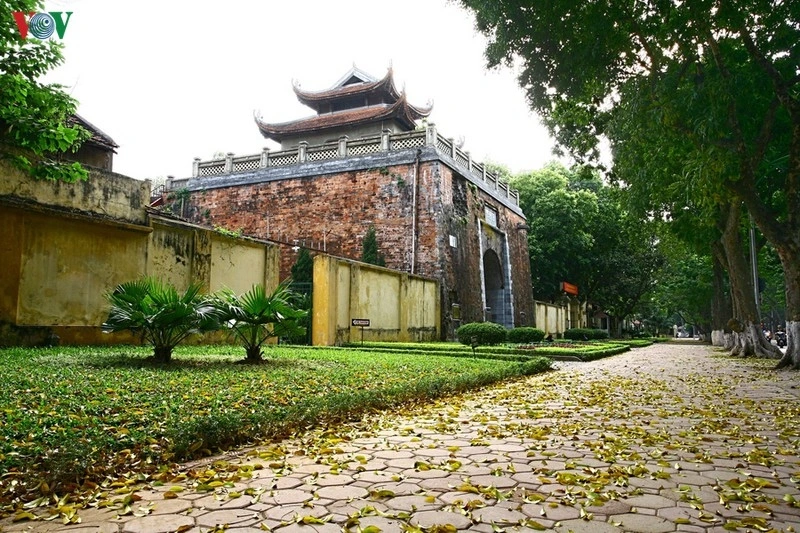
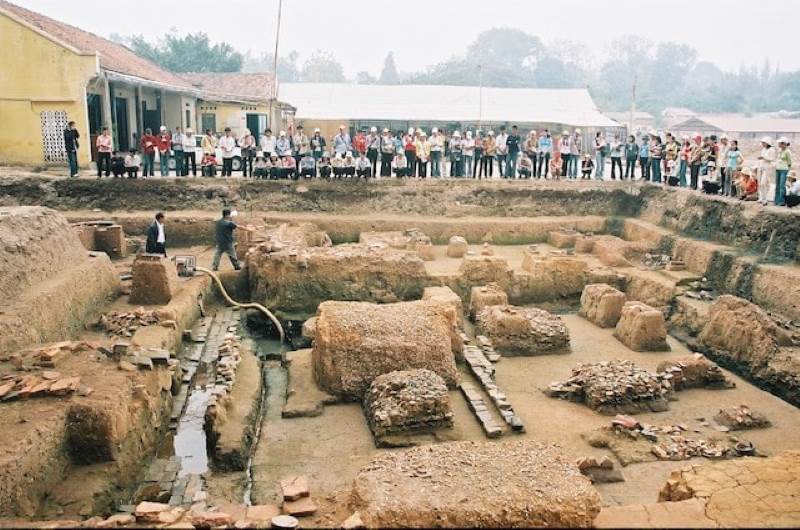

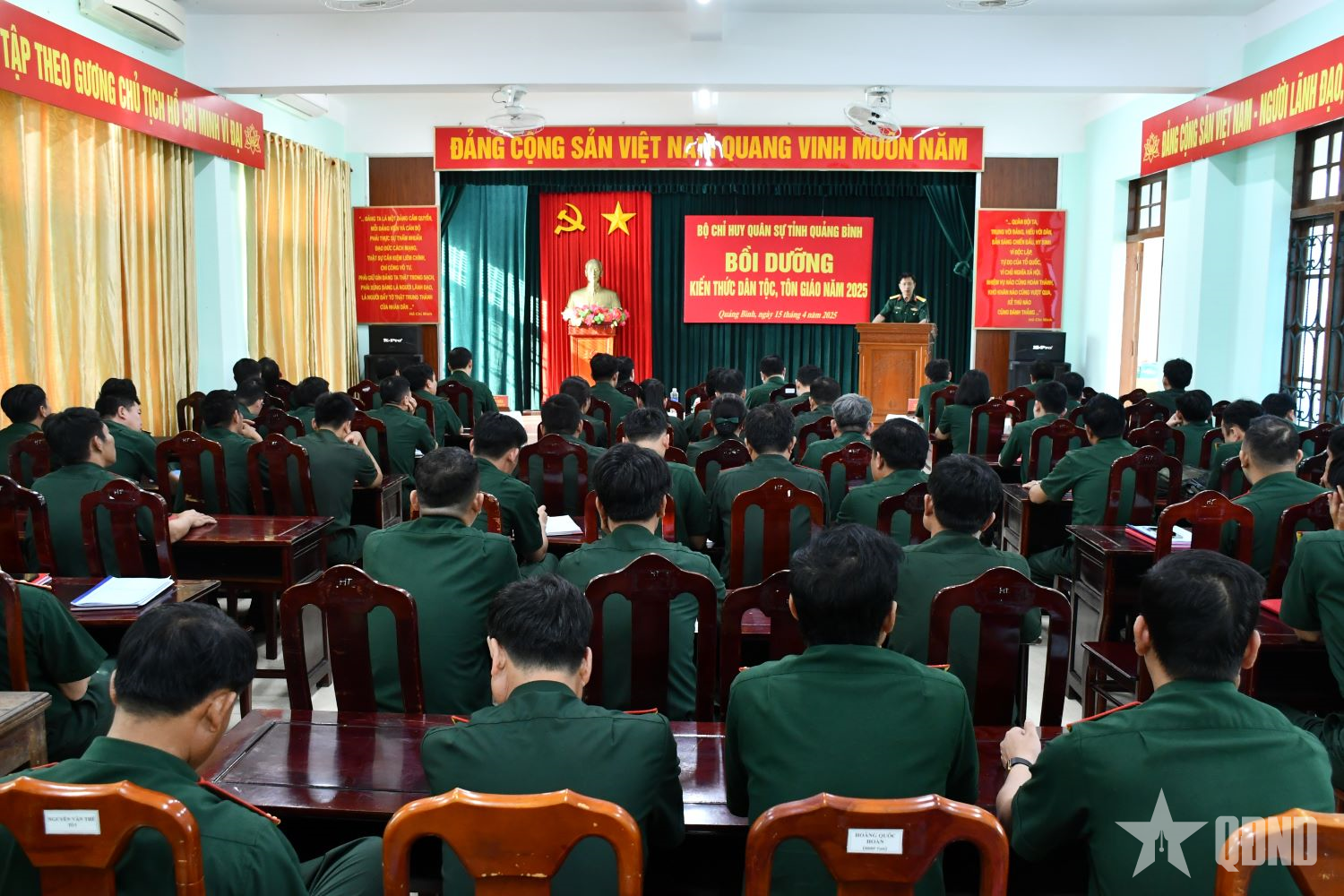

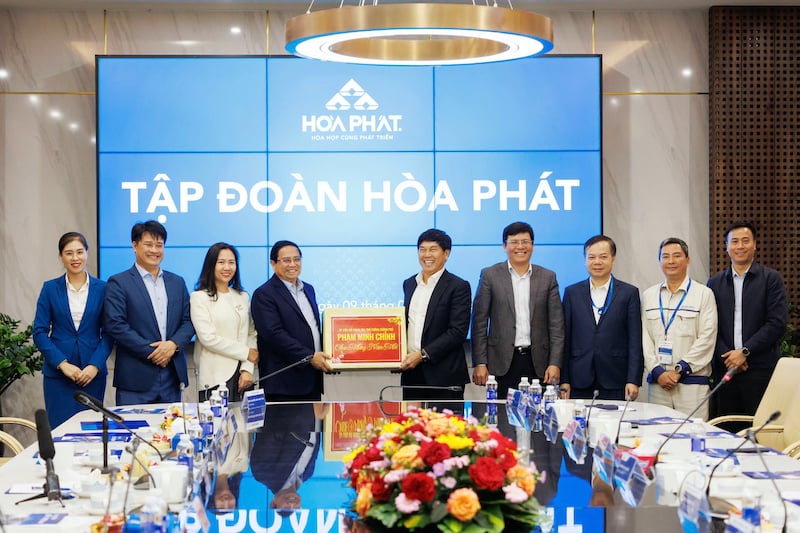



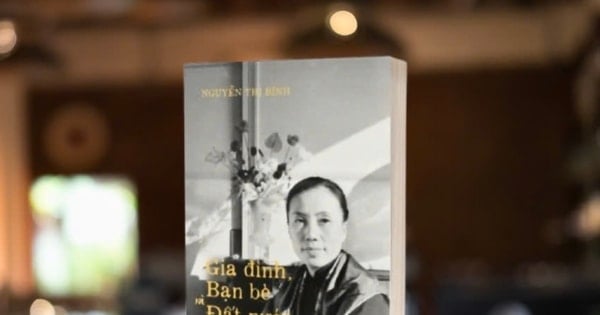



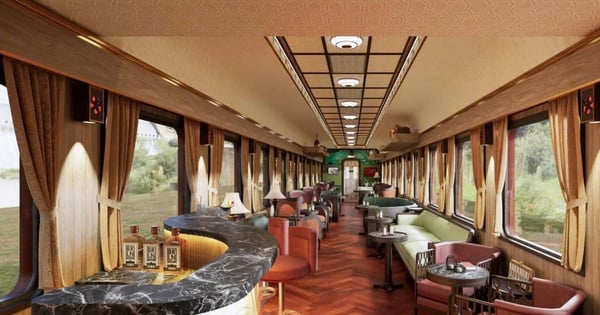



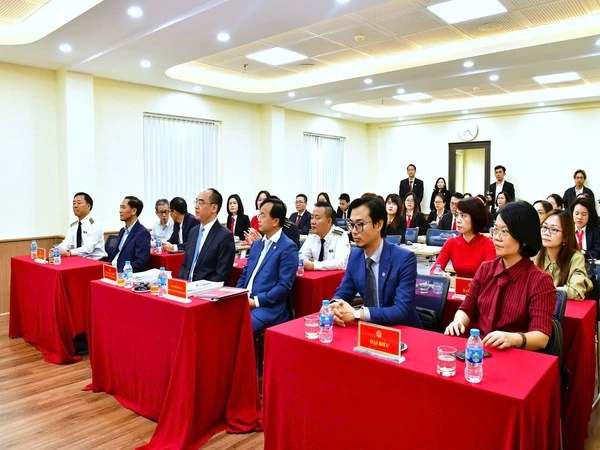



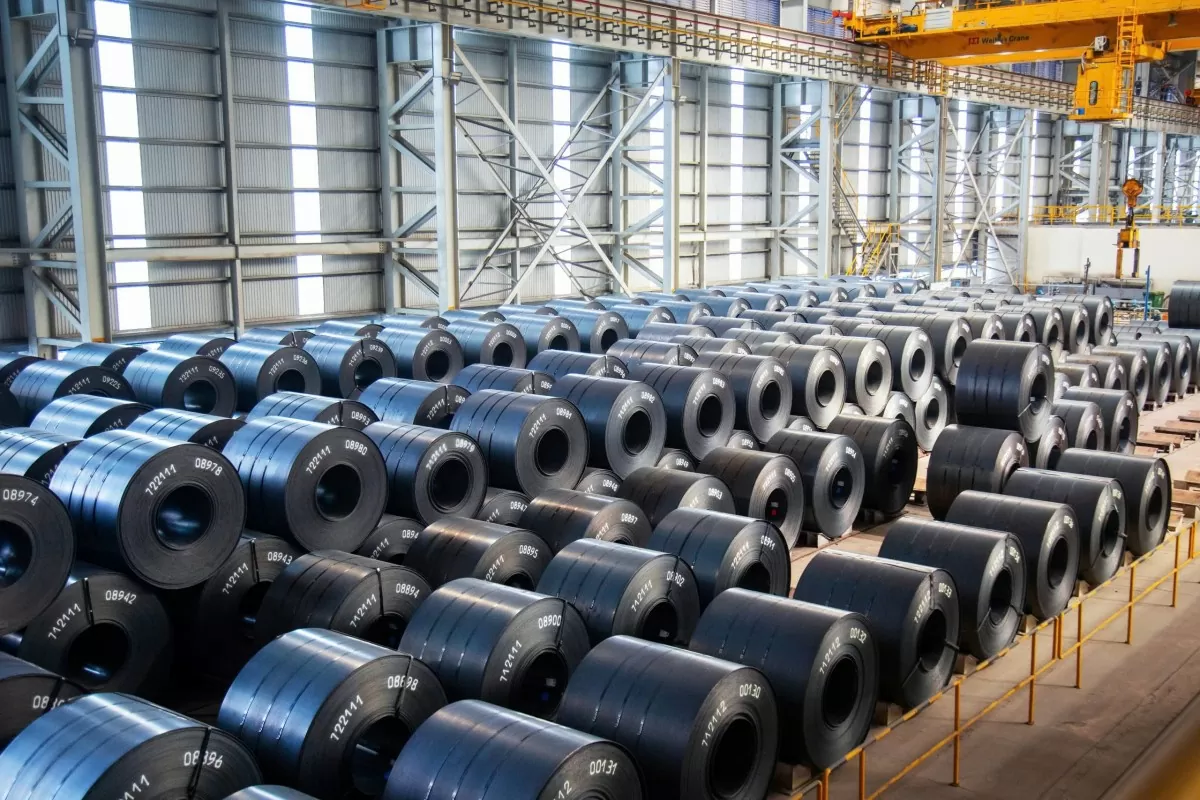



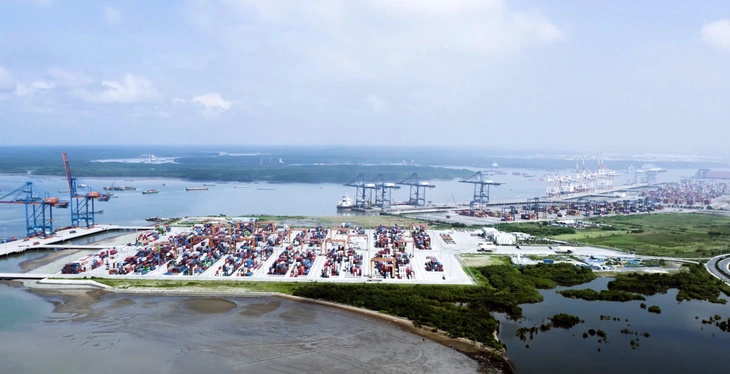



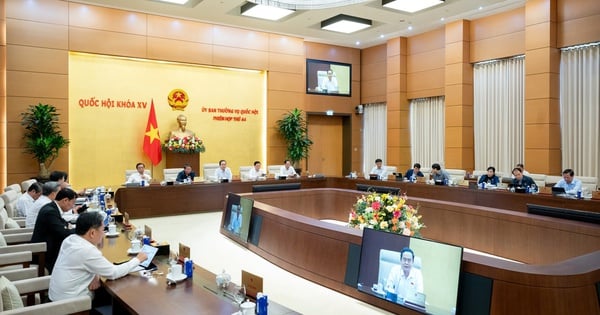

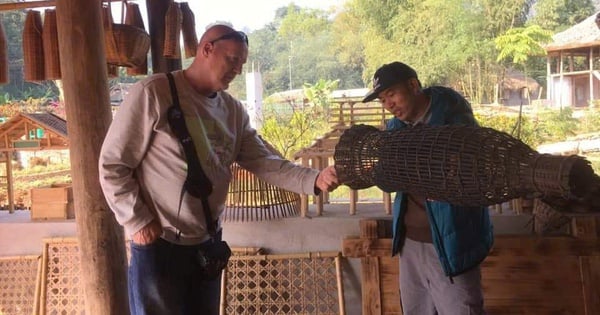

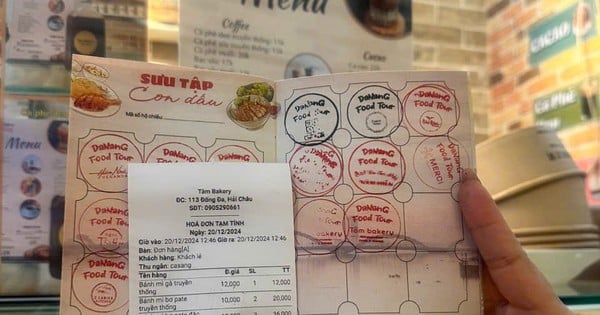
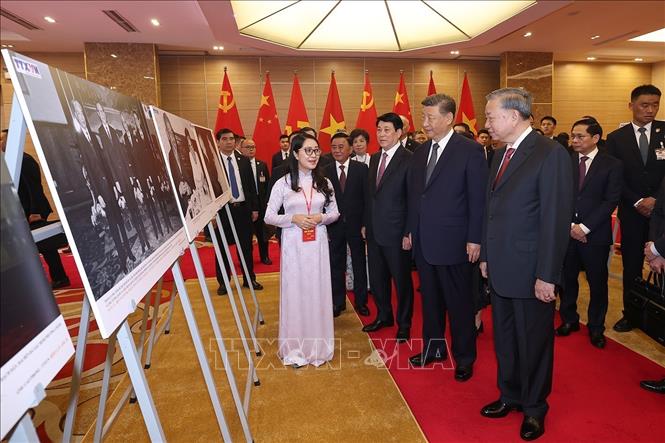

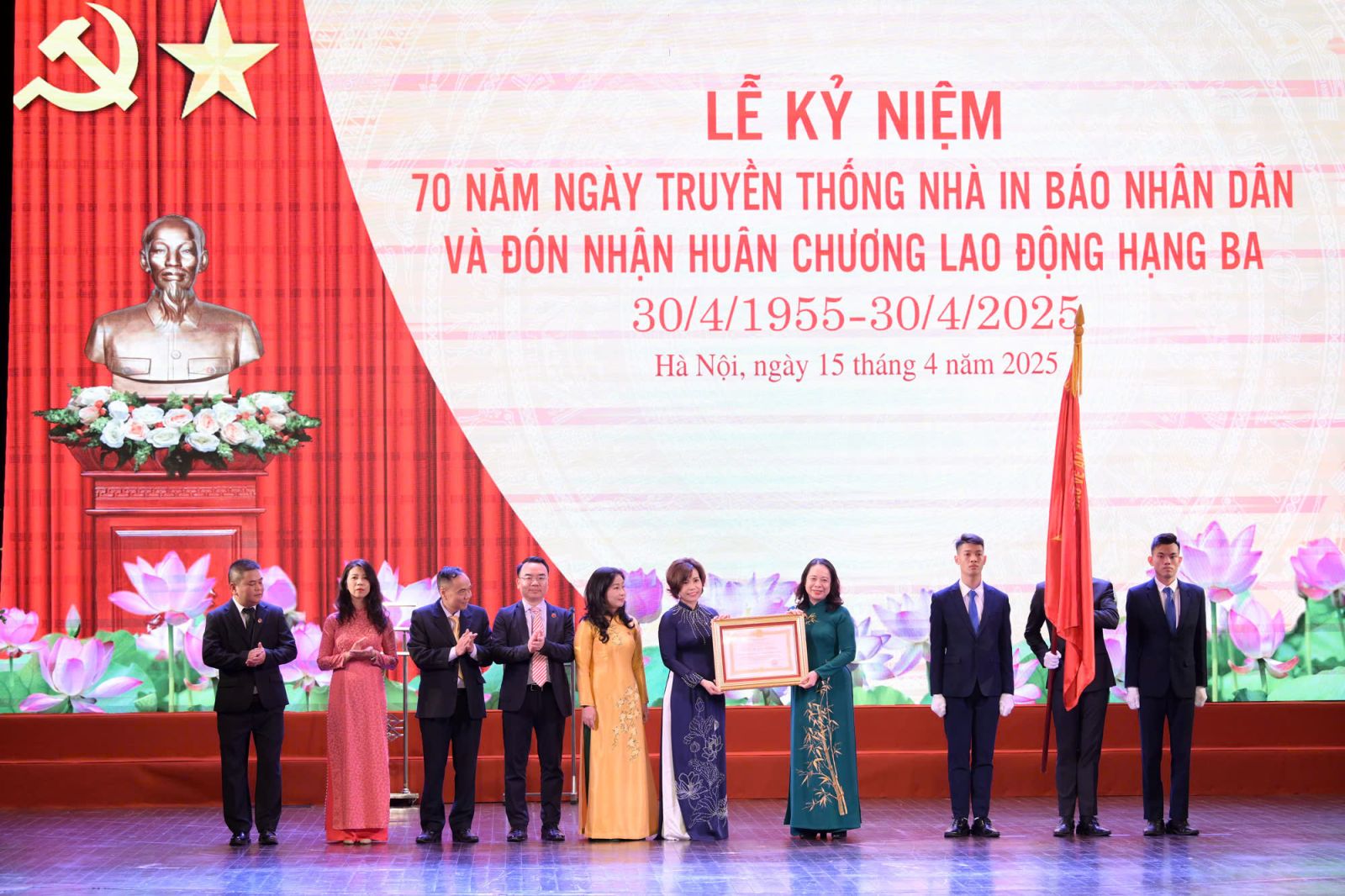
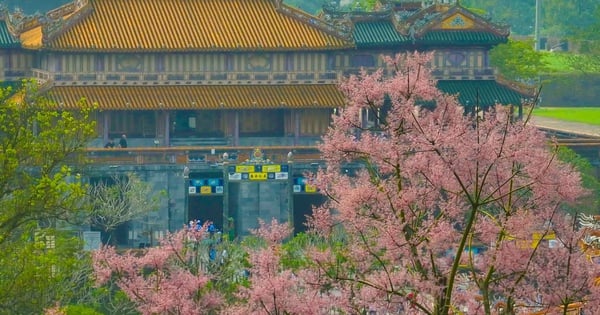
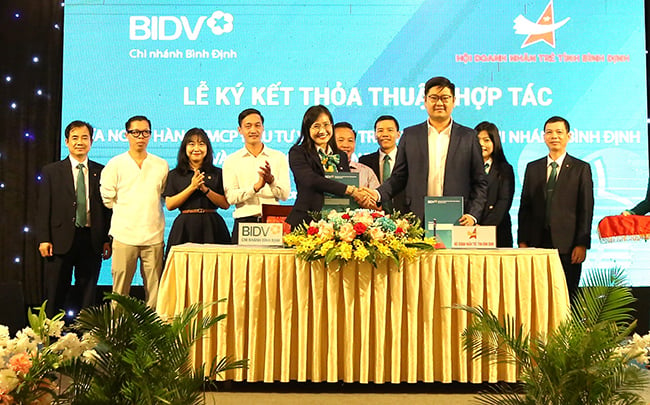
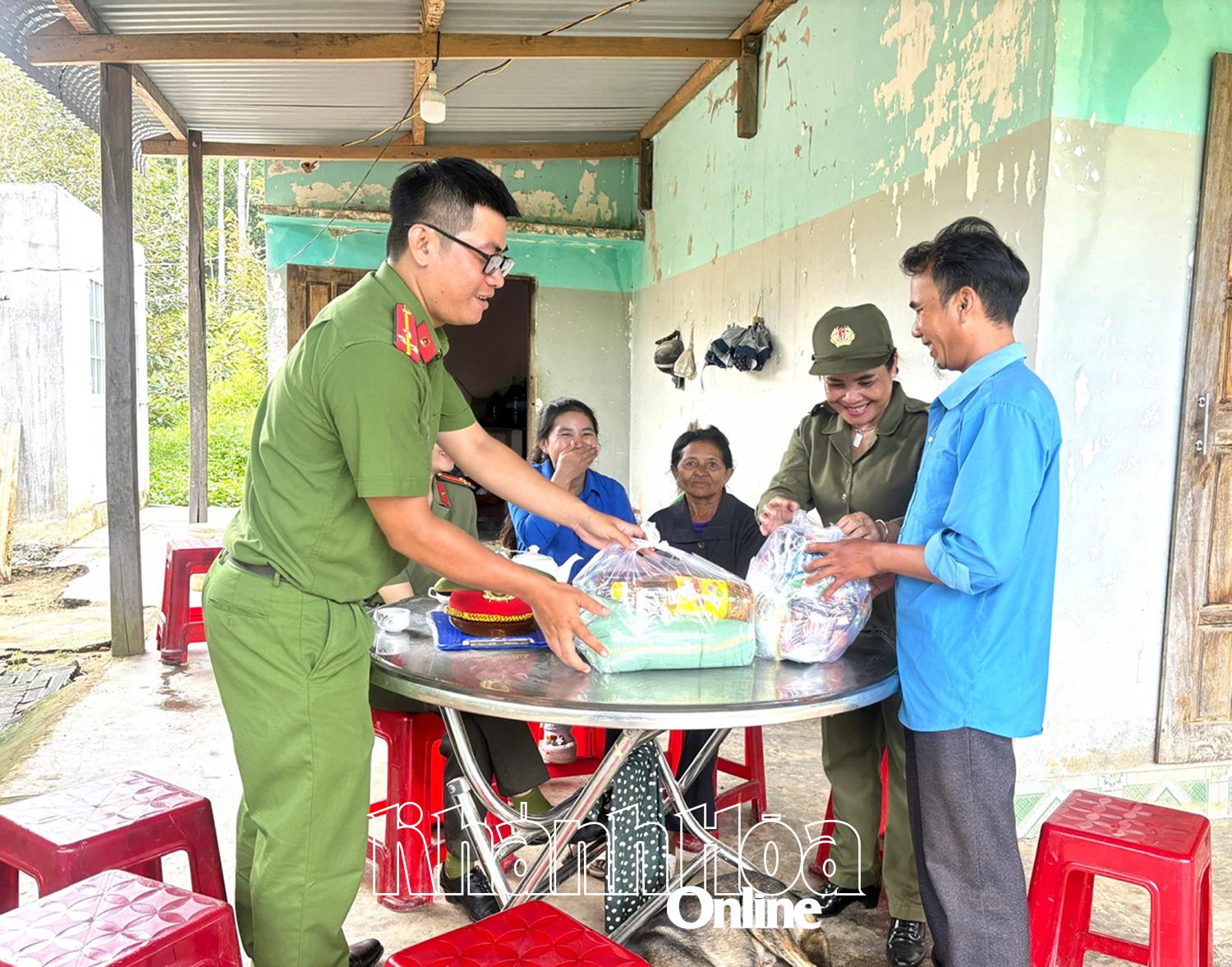

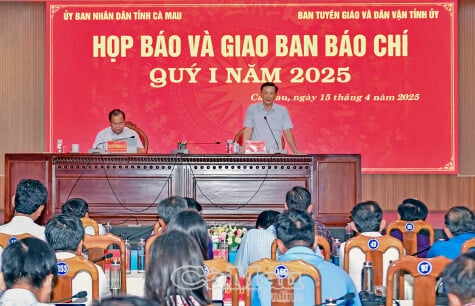
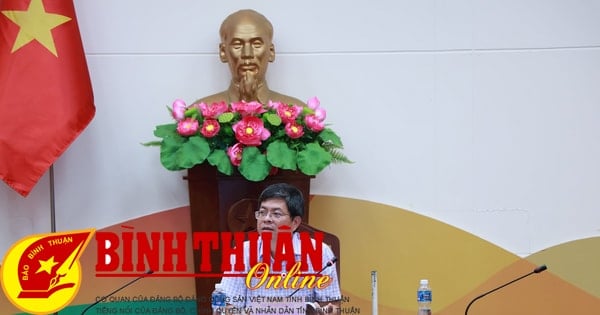

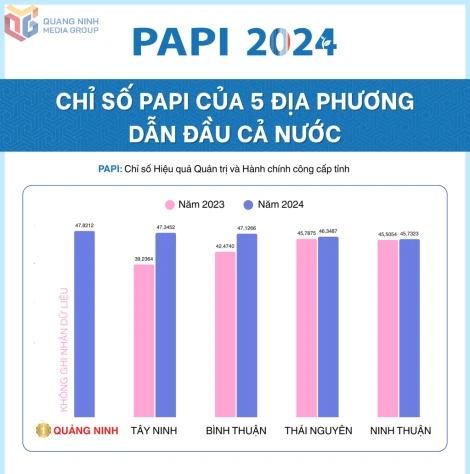
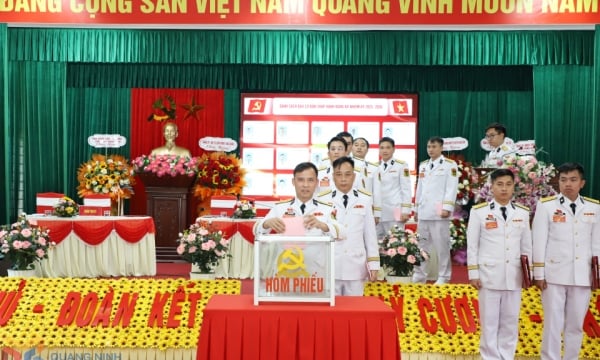

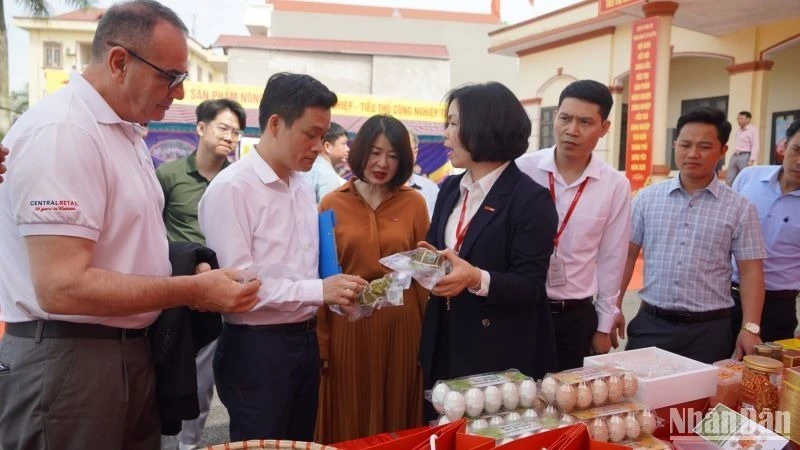


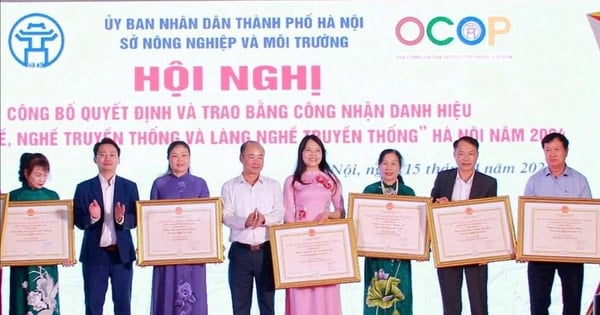
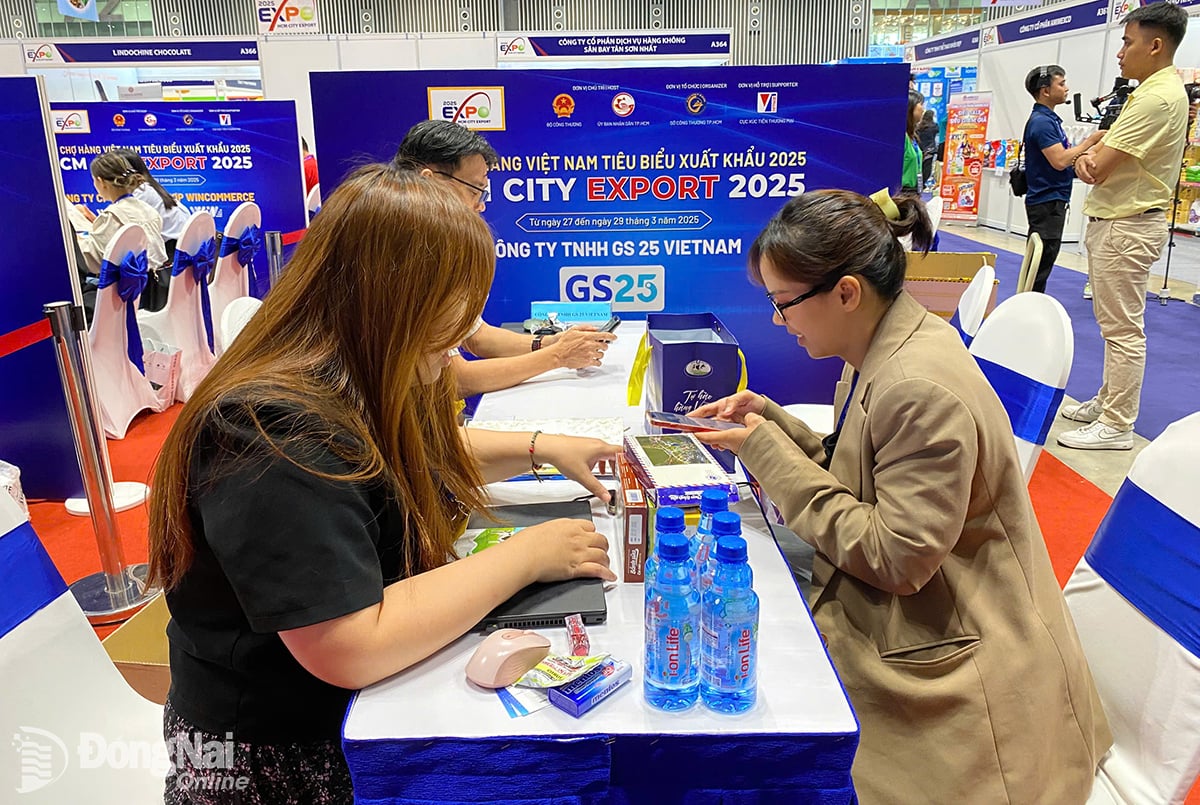

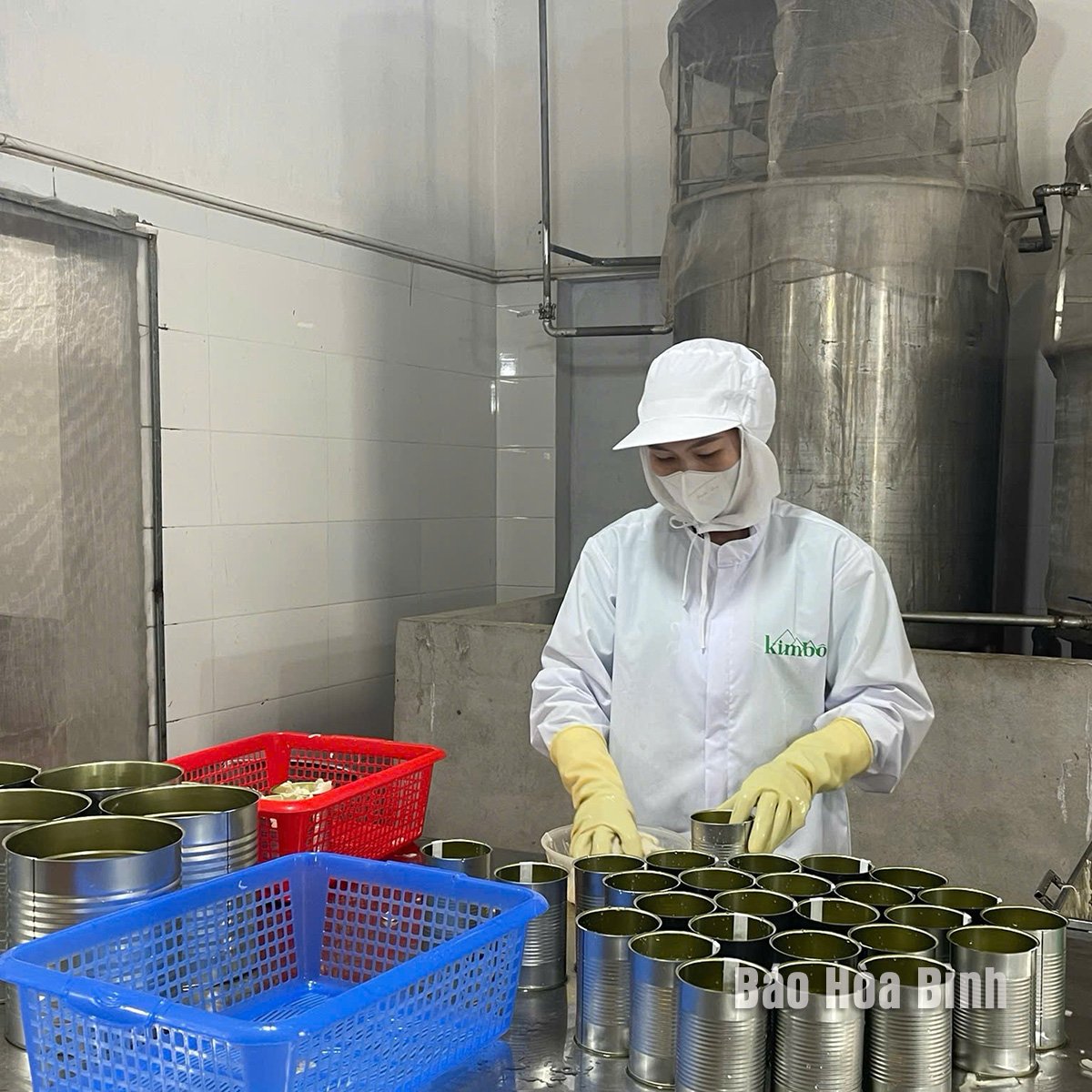

Comment (0)